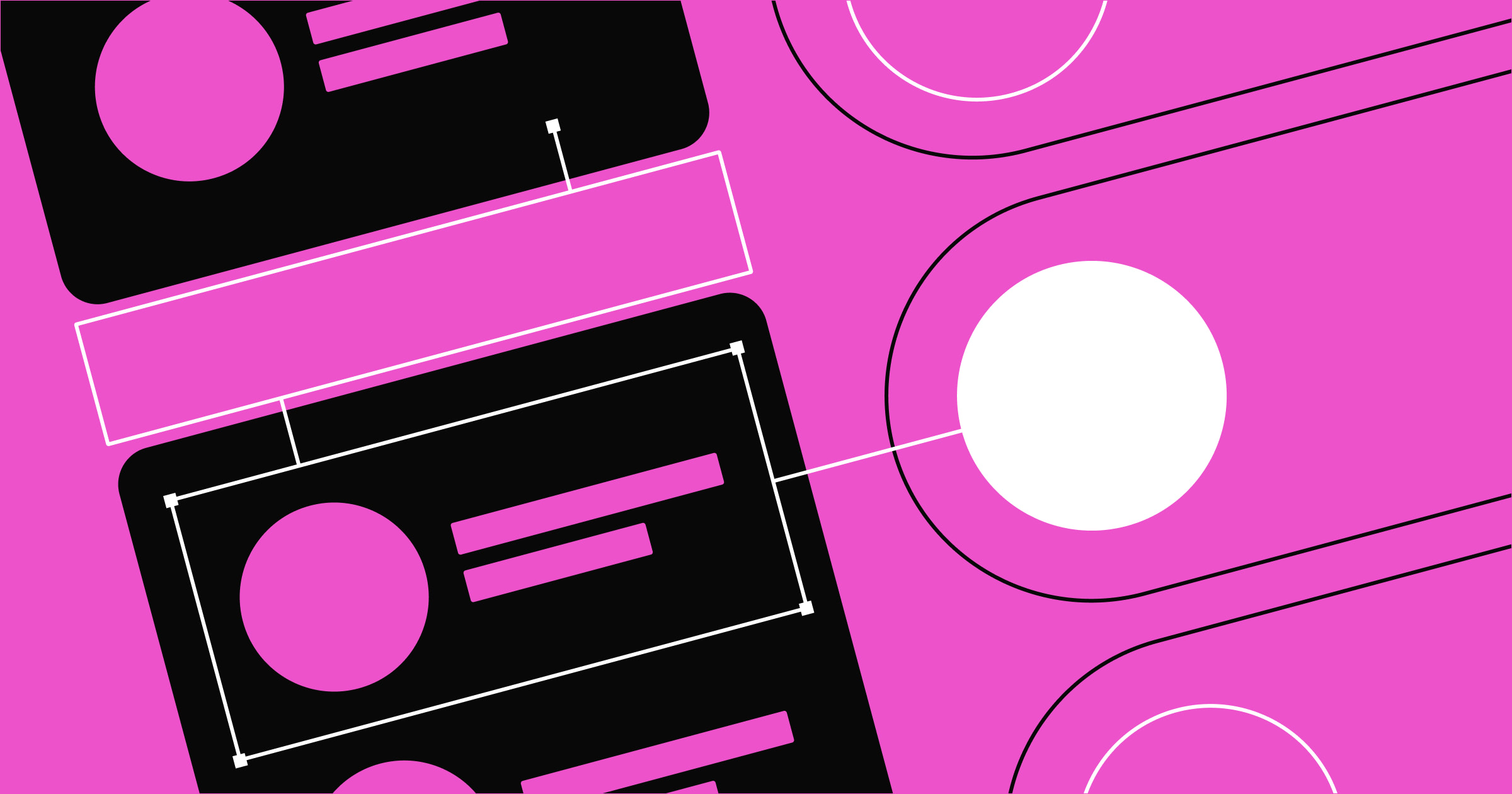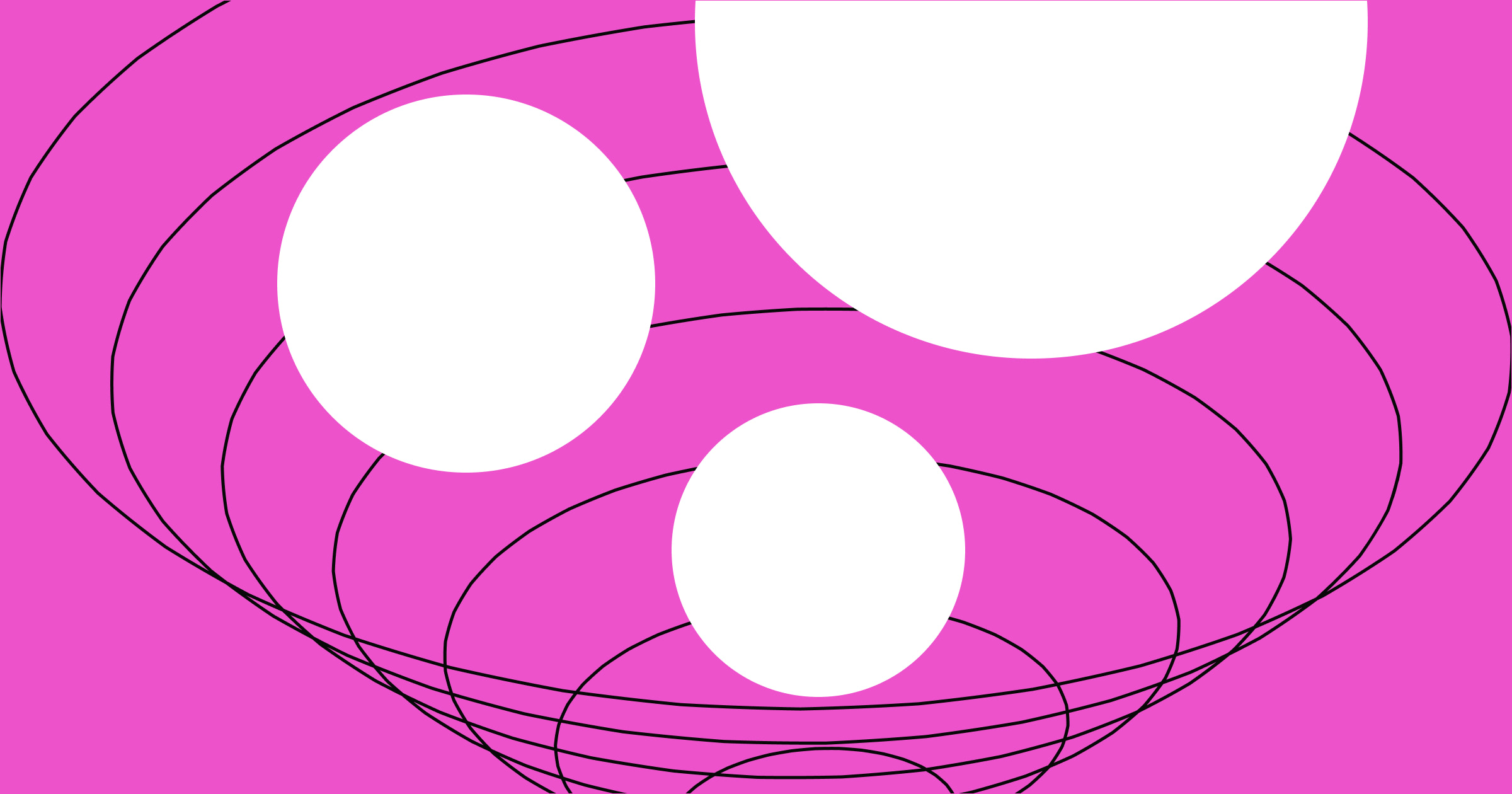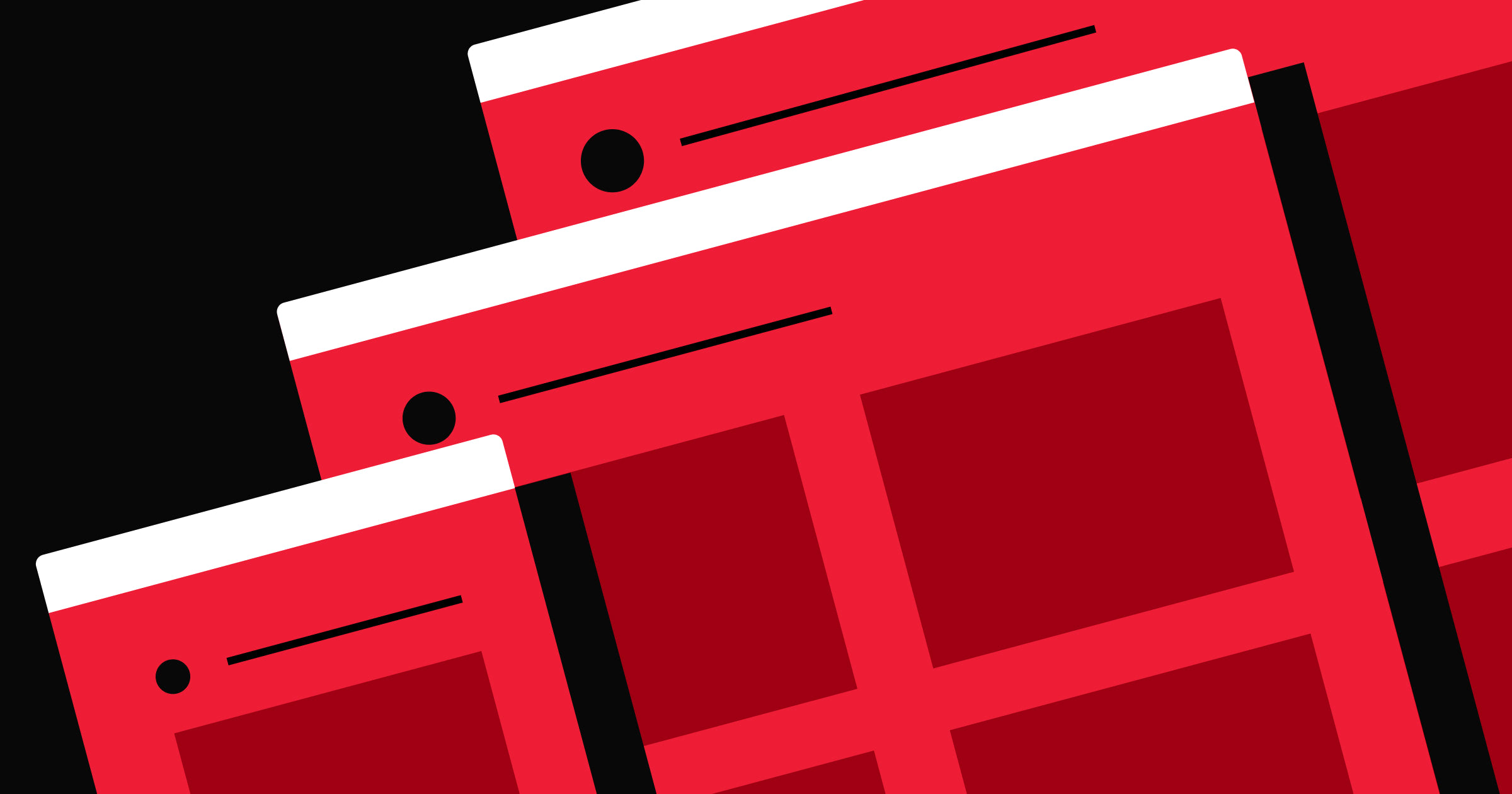High-converting landing pages rarely happen by accident.
They're typically the result of intentional design, top-notch messaging, and comprehensive audience understanding.
Whether you want to build a brand-new landing page from scratch or tweak your existing pages for better performance, you've come to the right place.
Your landing pages create long-lasting first impressions with your website visitors. They influence whether a potential customer sticks around a second longer or clicks the pesky back button on their browser.
High-converting landing pages aren't just product-driven—they're experience-driven. They blend together a symphony of persuasive elements to nudge visitors toward one singular, focused call to action (CTA).
Every click is a potential sale, and every visitor is a possible lead. So here’s what you need to know to start building high-converting landing pages with intention so you can capitalize on every second of your audience’s attention span.
What is a landing page?
A landing page is a standalone web page built for a single, focused objective. It's where a visitor "lands" after clicking on a link in an email marketing campaign, display ad, social media post, or blog article. Unlike general pages (like your site's home page or even a product page), which typically encourage exploration, landing pages drive toward one specific action, such as:
- Start a free trial
- Sign up for the newsletter
- Register for a webinar
- Download the ebook
- Make a purchase
- Refer a friend
- Schedule a demo
- Talk to sales
- Download the app
The quality of your landing pages isn't determined by the beauty of the design or even the amount of traffic — it's measured by the conversion rate. The conversion rate is the percentage of visitors who complete the desired action on the page after landing on it.
Higher conversion rates indicate your landing page aligns with user intentions and provides a simple, seamless experience that persuades users to take the next step in the customer journey.
Think of a landing page as a digital salesperson who works around the clock. Its job is to engage, inform and convince visitors that taking the proposed action is in their best interest. The art of landing page creation lies in understanding what resonates with your target audience and what compels them to convert.



















Ultimate web design
From 101 to advanced, learn how to build sites in Webflow with over 100 lessons — including the basics of HTML and CSS.
11 elements of high-converting landing pages
While you can take a dart-throwing approach to designing high-converting landing pages, this can be costly and wildly inefficient. Instead, start with our short-and-sweet list of the must-have elements of top-performing landing pages.
1. Above the fold content
The initial view of a landing page can make or break user engagement. Above the fold refers to the portion of the web page visible without scrolling, and it's essential for creating a strong first impression.
It should feature an eye-catching design, an engaging headline, and a clear call to action. Effective above-the-fold designs often use contrasting colors, bold text, and striking images or videos that align with the brand message.
It's not about cramming as much information as you can into the top of the page — it's about narrowing down the must-have elements that will keep visitors around longer and compel them to continue scrolling.
2. Eye-catching headlines
A headline acts as the hook for the landing page. It must be compelling enough to capture the user's attention and keep them on the page.
Successful headlines usually incorporate action verbs, address the user's pain points, and highlight the unique benefits of the offer. They're concise and powerful, giving a clear idea of the page's purpose at a glance.
3. Message clarity
The messaging on a landing page must be clear and straightforward to guide the user toward conversion. It should articulate the offer's value persuasively, free from any jargon and ambiguity.
You make this happen with:
- Concise messaging
- Bullet points highlighting key benefits
- Subheadings that break down complex information
- Detailed next steps
- Clear calls to action
4. User-friendly navigation
A high-converting landing page is designed to lead users toward one specific action. One. That's it. Anything extra risks distracting the visitor and ultimately not fulfilling the primary goal of your landing page.
The design should be clean, with an intuitive flow from one section to the next. Navigation elements, if any, must be simple and aid in guiding the user through the content towards the CTA.
If an on-page element doesn't help drive the visitor toward the CTA, consider removing it.
5. Focused CTAs
A singular, focused CTA has a greater chance of converting visitors. Whether it's to sign up, download, or buy, the CTA should be prominently displayed and designed to stand out with contrasting colors or whitespace.
The language should drive action by creating a sense of urgency or offering a compelling reason to take the next step.
6. Value proposition communication
The value proposition is the core reason a prospect should choose your offer. It should be prominently featured on the landing page and communicate the unique benefits the user will receive.
Compelling value propositions are specific, addressing the user's needs and how the offer solves their problems. If you're in a competitive space, this is also your opportunity to explain how your product or solution differs from all the other alternatives.
7. Compelling social proof
Social proof builds trust and validates your offer. It makes your solution relatable and helps visitors visualize themselves using the product or service and reaping the rewards.
Here are ways you can incorporate social proof on your landing pages:
- Customer logo displays
- Case studies
- Authentic testimonials
- Featured reviews
- User statistics
8. Lightning-fast load time
Users expect instantaneous results. A delay of microseconds can make the difference between a bounce and a conversion. Plus, Google and other search engines prioritize faster websites, so you'll need fast load times if you want any of your landing pages to rank organically.
Here are some ways you can make your pages load faster:
- Find a website host with reliable, scalable performance
- Choose a design platform that generates clean, streamlined code
- Use image compression tools to reduce file sizes without sacrificing quality
- Distribute content faster with content delivery networks (CDNs)
- Minimize the number of redirects to eliminate unnecessary waiting time
9. Consistent branding
Consistent use of logos, color schemes, and fonts helps users quickly recognize your brand. This establishes trust faster than copywriting, social proof, and promises.
A consistent brand experience creates a seamless transition for users from your ads, emails, or social media to your landing page, improving the overall user experience.
10. Intentional visual hierarchy
A well-designed visual hierarchy prioritizes content and calls to action according to their importance and impact on conversion rates. Ultimately, you want to avoid information overload and paralysis by analysis — you want visitors to consume the essential information and take action.
Here are a few ways you can implement intentional visual hierarchy:
- Size and scale: Make your primary CTA the largest button on the page, and use size to signal the importance of various elements.
- Color and contrast: Use contrasting colors to make your most important messages stand out. Bright colors often attract the eye, especially against a neutral background.
- Spacing: Use whitespace to separate elements and avoid a cluttered look, helping important features stand out more.
- Typography: Different font sizes, weights, and styles can create a clear hierarchy in your text, drawing attention to key messages.
11. Powerful personalization
Help your visitors feel uniquely understood by adding personalized content to your landing pages. You might implement dynamic content to change the messaging of the page based on the user's behaviors, the search terms they used to find your page, or their stage in the customer journey.
Another element you can prioritize is localization. Localization helps you tailor your pages to specific translations, cultural backgrounds, idioms, customs, and values. Learn how you can make it happen visually (without writing any code) with Webflow Localization.
Build top-notch landing pages with Webflow
Success is in the details. From the initial impact of the above-the-fold experience to the personalized touches that make your visitors feel valued and understood, each element plays an important part in converting prospects into loyal customers.
Now, it's time to start building your own high-converting landing pages. With Webflow, you have the power to bring these elements to life with a visual web development platform that doesn't just simplify the process — it elevates it.
With everything from Localization to immersive animations and fast-loading responsive designs, Webflow has the complete toolkit you need to create high-converting landing pages at scale. Get started now with a free account to see for yourself, or get in touch with our team to learn more.

Build websites that get results.
Build visually, publish instantly, and scale safely and quickly — without writing a line of code. All with Webflow's website experience platform.































